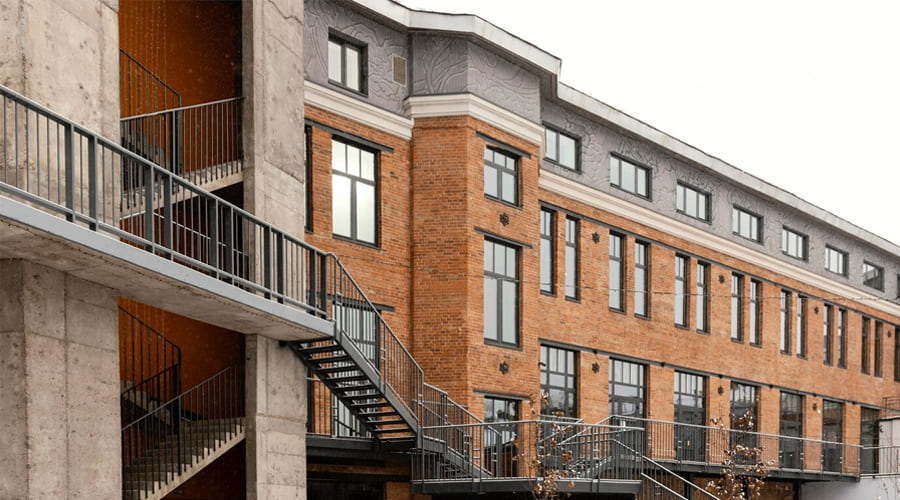
Custom facade remodeling involves redesigning and renovating the exterior of a building to improve its appearance, functionality, and performance. Here's a general outline of the process:
Assessment and Planning
Evaluate the existing facade: Assess the condition of the current facade, identify any structural issues, and determine the scope of the remodeling project.
Define goals and requirements Work with the building owner or stakeholders to establish objectives for the facade renovation, such as improving energy efficiency, enhancing aesthetics, or addressing maintenance issues. Develop a design concept: Collaborate with architects, designers, and engineers to create a custom design that reflects the desired aesthetic and meets the functional requirements of the building.Design Development
Conceptual design Develop preliminary sketches, renderings, and concept drawings to visualize the proposed facade changes and communicate design ideas to stakeholders.
Detailed design Refine the design concept into detailed drawings, plans, and specifications that specify materials, finishes, dimensions, and construction details.
Consider sustainability Incorporate sustainable design principles and energy-efficient building practices into the facade remodeling project, such as using eco-friendly materials, improving insulation, and maximizing natural light.
Permitting and Approvals
Obtain necessary permits Check local building codes and regulations to determine the permit requirements for facade remodeling projects. Prepare and submit permit applications to obtain approval from the relevant authorities.
Coordinate with stakeholders Communicate with building owners, tenants, and neighbors to address any concerns or issues related to the remodeling project and obtain their support and approval.
Construction
Select contractors Hire qualified contractors, subcontractors, and suppliers to execute the facade remodeling work according to the approved design and specifications.
Manage construction Oversee the construction process to ensure that work is performed safely, efficiently, and in compliance with the design plans, building codes, and quality standards.
Address unforeseen challenges Monitor progress, address any unexpected issues or changes that arise during construction, and make necessary adjustments to keep the project on track.
Quality Assurance and Testing
Conduct quality control inspections Inspect the completed work to verify that it meets the design requirements, quality standards, and performance criteria specified in the project documents.
Perform testing and commissioning: Test the functionality and performance of facade elements, such as windows, doors, insulation, and finishes, to ensure they meet performance expectations and comply with relevant standards.
Completion and Handover
Finalize documentation Compile as-built drawings, specifications, warranties, and maintenance manuals for the completed facade remodeling project.
Conduct final inspections Verify that all work has been completed satisfactorily and address any outstanding issues or deficiencies before formally handing over the project to the building owner or operator.
Post-construction support Provide training, maintenance guidance, and ongoing support to the building owner or facility management team to ensure the continued functionality and durability of the remodeled facade.
Throughout the custom facade remodeling process, effective communication, collaboration, and project management are essential to achieving successful outcomes and delivering a high-quality, customized facade that meets the needs and expectations of all stakeholders.
- All Services
- Curtain Wall Facade Systems
- Point-Fixed Glass Facade Systems
- Skylights, Roofing And Canopy Systems
- Automatic Doors & Store Front Systems
- Facade Cladding Systems
- Aluminium Doors And Windows Systems
- Facade Sun Control Louvers And Fin Systems
- Custom facade Remodeling
- Facade Design-Build Services
- Facade GlazingShop Drawing, Calculation and Wind Load Analysis Services